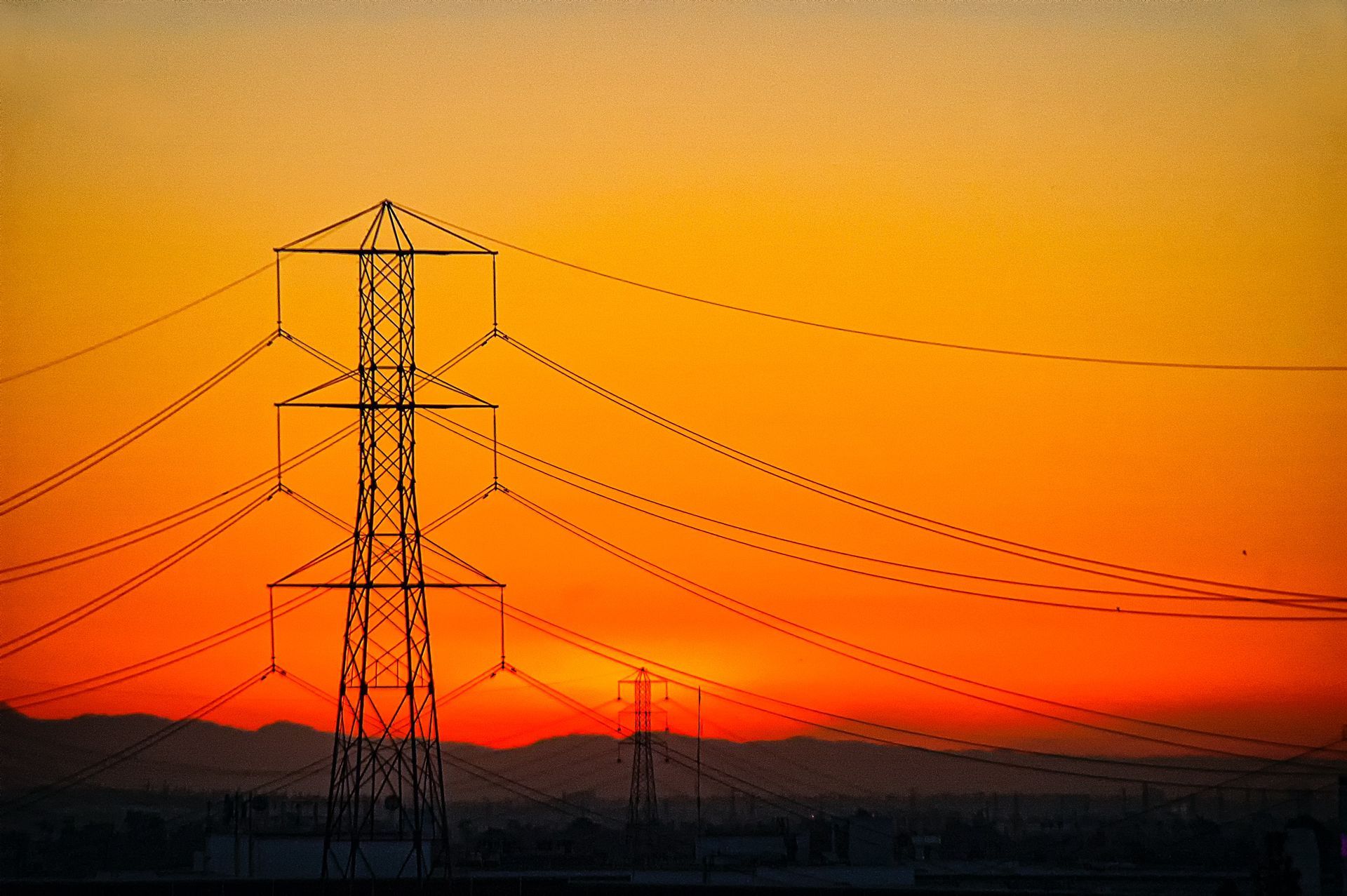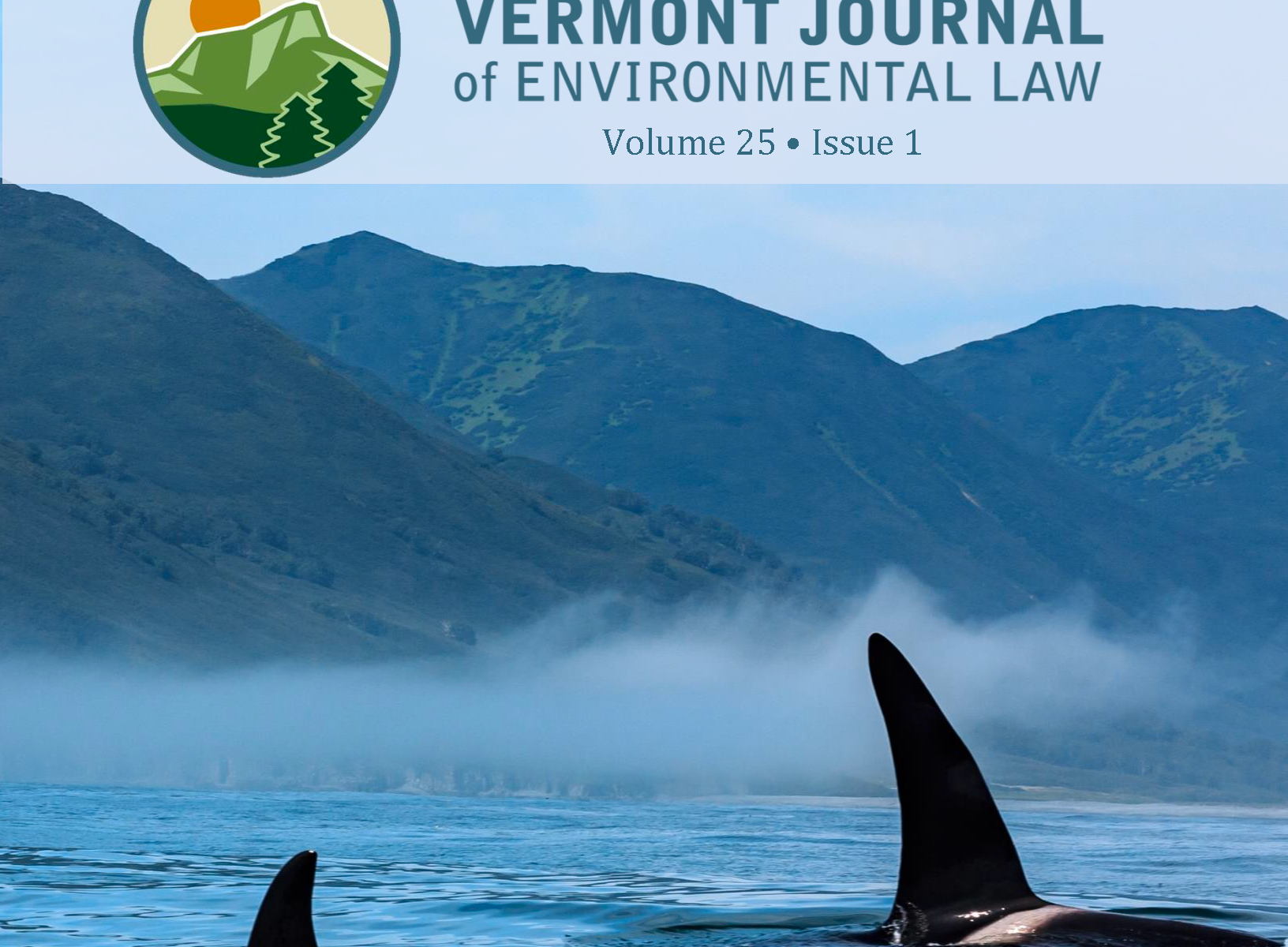2024 TOP 10 BLOG
Americans Must Shift Car Culture: Transportation Policy Can Help
VJEL Staff Editor: Margaret Chafouleas
Co-Author: Monica Nerz, Editor-in-Chief, Vermont Journal of Environmental Law, Volume 25
The world’s first Sustainable Transport Day was recently celebrated on November 26, 2023, reflecting a historic shift in the global mindset towards sustainable transportation and development. According to UN Secretary-General Antonio Guterres, the day “remind[s] us that the road to a better future depends on cleaner and greener transportation systems.” The UN reports that shifting from cars to public transportation alone can reduce up to 2.2 tons of carbon emissions annually per individual.
For most Americans, however, daily transportation relies solely on cars. In the United States, 91% of households have at least one car, and more than three-quarters of commuters drive to work alone every day. Driving is inherent to American culture, and its reliance on cars is killing the planet. Cars are a major source of carbon dioxide, a heat-trapping gas that is well-known to cause anthropogenic climate change, and the transportation sector is the largest contributor of greenhouse gas (GHG) emissions in the U.S., which predominantly comes from cars and trucks.
Not only are emissions from cars warming the planet, but car accidents are the leading cause of death in the U.S. for people ages 1-54. Cars pose a clear environmental and safety risk to people across the country. So, why do we keep using them?
It’s no surprise that American dependence on cars is partially due to the lack of safe and efficient transportation alternatives, like walking, biking, and public transit. Forty-five percent of Americans have no access to transit, and U.S. cities are less walkable than their international counterparts. This is because cars are prioritized in U.S. transportation infrastructure. The construction of highways, urban planning strategies that result in urban sprawl, and insufficient funding and planning for public transit projects on the local, state, and federal levels all contribute to car dependency.
These transportation infrastructure decisions are not an accident. Deliberate lobbying from the automotive and fossil fuel industries has historically targeted public transit and transportation policy and continues to do so today. Transportation policy is not politically neutral, but it is essential to the fight against climate change. Future transportation infrastructure decisions will either serve to perpetuate American’s disproportionately enormous climate impact, or help reduce it. Building transportation infrastructure that serves people, and not cars, requires effective climate-conscious and people-centered transportation policy.
The 2021 Infrastructure Bill Is Not Enough
This issue is particularly relevant now, as the rollout of the $1.2 trillion Infrastructure Investment and Jobs Act (IIJA) begins. IIJA, passed in November 2021, is a comprehensive piece of legislation that aims to upgrade the country’s infrastructure, including the transportation sector. IIJA allocated historic amounts of funding for several transportation-related projects, like $109 billion for transit, $102 billion for rail, and $432 billion for highways. With a focus on climate change and substantial investment in electric vehicle infrastructure, IIJA marks Congress’ initial and notable step toward promoting sustainability in U.S. infrastructure development.
However, IIJA is not the perfect solution to America’s car-dependency problem. Although IIJA’s historic investment in infrastructure will enhance safety and update deteriorating transit systems, it falls short of President Biden’s initial presentation as a groundbreaking environmental policy. Further policy is needed to specifically address transit accessibility, highway removal, and provide support for urban planning in cities.
Focusing Transit Policy for Real Outcomes
Firstly, IIJA does not make any fundamental changes to existing transit policy, despite increasing funding for transit projects by 79%. Although more funding is undoubtedly a win for sustainable transportation policy advocates, the policy provides no guidance on how that money may be spent. Instead, IIJA reinforces the goals of its predecessor, the FAST Act.
The largest amount of the funding for transit is allocated to the Capital Investments Grant Program. This program allocates money to state and local governments to develop their own high-capacity transit service. Without clear guidance on what projects are eligible for funding, deference to state and local governments may not lead to a meaningful decrease in car-dependency and creates a risk of allowing ineffective transit initiatives.
Instead, policy should favor transit projects that give, as Transportation 4 America advocates, “as many people as possible greater access to high quality transit, helping to keep the growth of emissions and vehicle miles traveled in check.” Policy that funds new transit projects should also explicitly guide state and local governments towards repairing inequities to transit system access.
Additionally, although IIJA provides a large increase in funding for transit projects, the amount still falls short of what is needed to institute real change. The American Society of Civil Engineers estimates that the current backlog of transit investments considering vehicles, facilities, and rail track that are past their useful lives to total over $176 billion. For example, in Chicago, a project to modernize the red and purple bus line is projected to cost $8.7 billion over 10 years. IIJA commits only $39 billion to funding new local public transit nationwide. Meaning, a project like Chicago’s alone uses over 20% of the allocated budget.
Investing In Highway Removal Instead of Reinforcing Interstate Infrastructure
Secondly, IIJA reinforces transportation infrastructure built for a car-centric country by allocating a historic amount of funding for highway spending. Highways pose environmental and social issues that are contrary to the goal of creating a more sustainable, less car-centric transportation system. The U.S. Interstate Highway System is a huge player in the car-dependency conversation. The 1956 Highway Act, signed by President Dwight D. Eisenhower, authorized the construction of 40,000 miles of highways, solidifying the nation’s commitment to infrastructure for cars and trucks at the expense of people. These highways played a pivotal role in shaping the U.S.’ transportation landscape and significantly contributed to making Americans more car-dependent.
Interstates were designed for swift access to and from city centers, facilitating the ‘white flight‘ phenomenon in the 1950s and 1960s. This development favored affluent white commuters, leading them to reside outside urban centers. As a result, suburban communities flourished, where car ownership was not just a convenience, but a necessity.
However, highway construction directed in urban areas exhibited racial and socioeconomic biases. Highways in urban areas were deliberately constructed directly through poor neighborhoods where citizens were under-resourced and unable to fight back against displacement. This resulted in over 1 million Americans being forced out of their homes in the name of urban renewal in just two decades. Displacing minority communities and causing property values to further plumet in poor neighborhoods was done in the explicitly racist name of “slum clearing.”
Congress recognizes the harm that highways cause to American communities and our environment. However, IIJA allocates only $1 billion for reconnecting communities separated by highways. This investment is only one-tenth of what is recommended by advocacy organizations, and one-twentieth of what was originally proposed in the House. The $1 billion allocated is a band-aid solution to the broader issue of highways in the U.S. and is negated by the large amount of money allocated for highway spending. Further investment in highway removal projects is necessary to usher in a new era of sustainable transportation policy.
Policy to Plan Cities for People, Not Cars
Lastly, to reduce car-dependence, future policy should support and guide state and local governments on how to build more walkable and bikeable cities. During the highway boom of the 1950s and 1960s, cities shifted towards urban design decisions that accommodated people driving in from the suburbs in their cars, resulting in car-centric planning. Car-centric planning choices include the construction of parking lots, wider roads, and sprawling shopping centers.
Investing in walk and bike-ability is an effective way to decrease car dependency. For example, in Philadelphia, a project to create miles of protected bike lanes led to a nearly 70% increase in the number of people who biked to work from 2010 to 2017.
IIJA provides $6 billion for road safety programs, titled “Safe Streets and Roads For All.” This provision dictates that, “at least 15 percent of a state’s highway safety improvement program funds to address pedestrians, bicyclists and other non-motorized road users if those groups make up 15 percent or more of the state’s crash fatalities.” Local governments already have, and should continue to use this policy to promote safer street development for walking and biking pedestrians. When the time comes to renew the IIJA, pedestrian safety measures must be re-emphasized so that pedestrians are prioritized in transportation infrastructure.
To Conclude, Shifting Car Culture Is Possible
While IIJA is generally a positive step for funding projects that can potentially reduce car-dependency, most importantly, its effectiveness in addressing emissions reductions from transportation will depend on how the funds are allocated and implemented at the state and local levels. Future policy should further incentivize equitable public transit, highway removal, and pedestrian-centric urban development.
Just because America’s transportation systems are built to prioritize cars now, doesn’t mean they have to be in the future. People across the country are fighting against dated transportation infrastructure practices already, and resistance has proven successful. Shifting American car culture is doable: policymakers must prioritize it in order for our country to reduce its climate impact.











